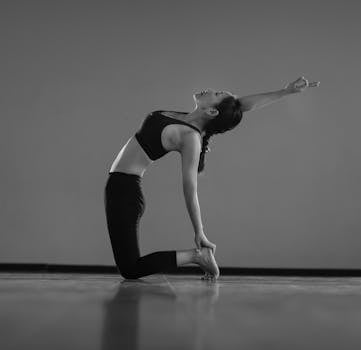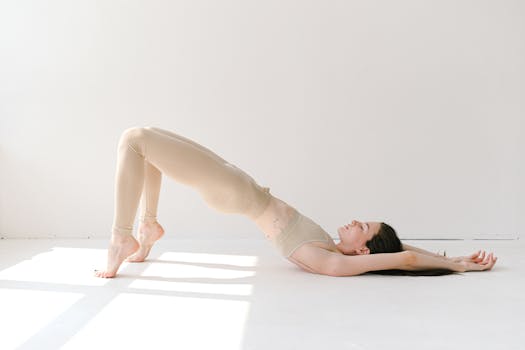
Mind-Body Connection: Enhancing Your Practice with the Principles of Yoga and Pilates
As someone who’s passionate about Mind-Body Connection, I’ve always been fascinated by the ways in which our minds and bodies are interconnected. When I started practicing yoga and Pilates, I quickly realized that these disciplines weren’t just about physical movement – they were also about cultivating a deeper awareness of our thoughts, emotions, and energies. In this article, we’ll explore the principles of yoga and Pilates and how they can enhance your mind-body connection, leading to a stronger, more balanced you.
What is Mind-Body Connection?

So, what exactly is Mind-Body Connection? Simply put, it refers to the intricate web of relationships between our thoughts, feelings, and physical sensations. When we’re in a state of balance and harmony, our minds and bodies work together in perfect synchrony, allowing us to feel more alive, focused, and fulfilled. But when we’re stressed, anxious, or disconnected, our minds and bodies can become fragmented, leading to feelings of exhaustion, pain, and dis-ease.
The Principles of Yoga

Yoga is a powerful practice that originated in ancient India, with the goal of uniting body, mind, and spirit. The word ‘yoga’ itself means ‘union’ or ‘merging,’ and it’s based on the idea that our true nature is one of pure consciousness and bliss. Through the practice of yoga, we can cultivate a deeper awareness of our thoughts, emotions, and physical sensations, allowing us to release tension, build strength, and connect with our inner selves.
Some of the key principles of yoga include:
- Breath awareness: Yoga teaches us to pay attention to our breath, using it as a anchor to calm the mind and balance the nervous system.
- Physical postures: Yoga postures, or asanas, help to build strength, flexibility, and balance, while also releasing tension and stress.
- Meditation and relaxation: Yoga encourages us to quiet the mind and relax the body, using techniques such as meditation, deep breathing, and progressive relaxation.
The Principles of Pilates

Pilates is a form of exercise that was developed in the early 20th century by Joseph Pilates. It’s a physical practice that focuses on building strength, flexibility, and body awareness, with an emphasis on core strength, posture, and efficient movement. Like yoga, Pilates is a holistic practice that recognizes the interconnectedness of body, mind, and spirit.
Some of the key principles of Pilates include:
- Core strength: Pilates teaches us to engage our core muscles, including the abdominals, back, and glutes, to support our movements and maintain good posture.
- Body awareness: Pilates encourages us to pay attention to our body alignment, movement, and sensations, helping us to develop greater awareness and control.
- Efficient movement: Pilates promotes efficient, flowing movement, using the minimum amount of effort necessary to achieve maximum results.
Enhancing Your Practice with Yoga and Pilates

So, how can you enhance your practice with the principles of yoga and Pilates? Here are some tips to get you started:
- Start with breath awareness: Begin by paying attention to your breath, using it to calm your mind and balance your nervous system.
- Listen to your body: Honor your physical limitations and listen to your body’s needs, taking regular breaks and modifying postures as needed.
- Practice mindfulness: Bring a mindful attitude to your practice, paying attention to your thoughts, emotions, and physical sensations in the present moment.
- Incorporate physical postures and movements: Use yoga and Pilates exercises to build strength, flexibility, and balance, and to release tension and stress.
- Make time for meditation and relaxation: Regularly schedule time for meditation, deep breathing, and relaxation, allowing yourself to quiet the mind and rejuvenate the body.
By incorporating the principles of yoga and Pilates into your practice, you can cultivate a stronger, more balanced mind-body connection, leading to greater overall health, happiness, and fulfillment. Remember to always listen to your body, honor your limitations, and approach your practice with kindness, compassion, and patience.







